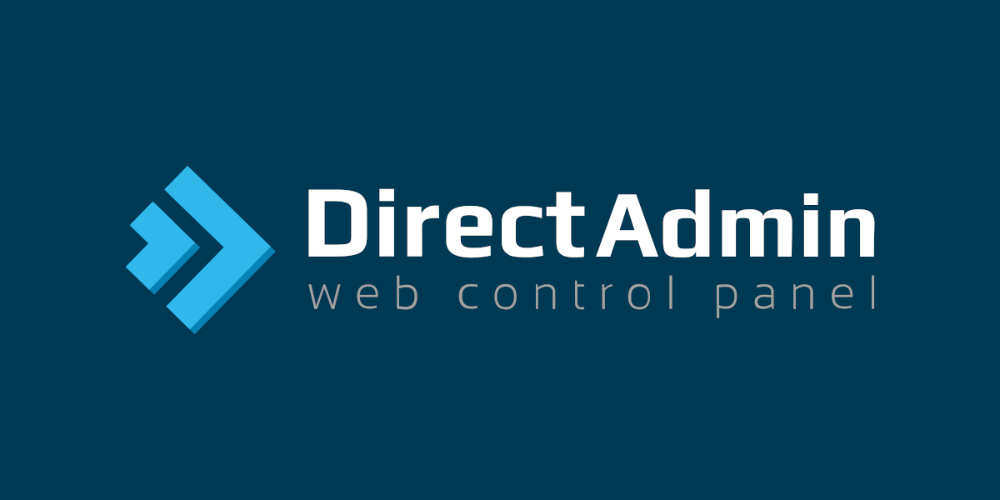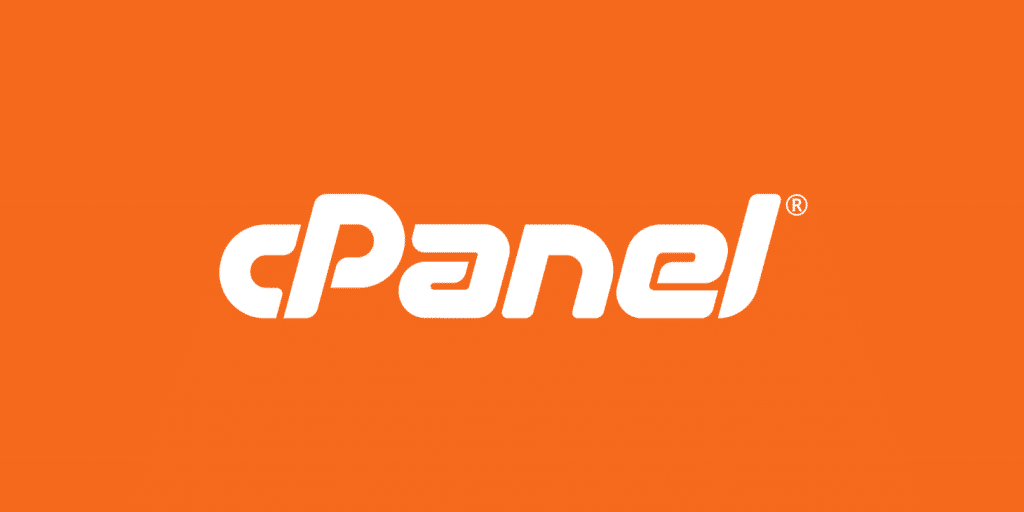Are you looking for a simple guide on how to start a blog? This easy to use guide will help you get your blog started in just minutes without any experience or knowledge in this space.
Step 1: Choosing a Memorable Site Name and Registering a Domain
Creating a successful blog starts with a catchy and memorable site name. Follow these steps to choose a name and register a domain for your blog:
- Brainstorm Ideas: Begin by brainstorming keywords and phrases related to your blog’s topic. Consider the niche you want to focus on and the audience you want to attract. Write down as many ideas as possible, exploring different combinations of words and concepts.
- Research Domain Availability: Once you have a list of potential names, use a domain registrar or hosting provider to check their availability. Most hosting providers offer domain registration services, which makes it convenient to search for and register your desired domain.
- Choose the Perfect Domain: Consider the following factors when choosing your domain:
- Simplicity: Aim for a domain name that is easy to spell and remember.
- Relevance: Your domain should reflect the essence of your blog’s content.
- Branding Potential: Consider if the domain name has branding potential and aligns with your long-term goals.
- Register the Domain: Once you have found the perfect domain, you will need to register with a domain registrar. What we will be getting into the next step is getting started with web hosting. Most web hosting providers actually provide the domain for free for the first year with your hosting plan so I would hold off on registering it until you read the next step!
Step 2: Getting Hosting with a 1-Click WordPress Installer
After deciding what domain you want to use, it’s time to select a hosting provider that offers a seamless WordPress installation process. WordPress is the best platform to start a blog because of its user-friendly interface, extensive customization options, and vast plugin ecosystem. It offers a simple and intuitive dashboard for managing blog content, making it easy for beginners. With thousands of themes and templates, you can customize the design to match your style. Additionally, the plugin ecosystem allows you to add functionality without coding, whether it’s SEO optimization, social sharing, or e-commerce integration. WordPress is highly scalable, SEO-friendly, and supported by a large community, making it the ideal choice for bloggers of all levels. To be able to run a WordPress website, you will need a domain and a hosting provider to support it. Here’s how to get started setting up a WordPress blog with a hosting provider:
- Research Hosting Providers: Look for hosting providers that offer reliable services, excellent customer support, and user-friendly interfaces. Consider factors such as server uptime, bandwidth, storage, security features, and scalability. Since you’re just getting started, it would be beneficial to start with a hosting provider that includes the domain for free with your hosting plan to make the process even simpler and cost efficient.
- Check for 1-Click WordPress Installer: Verify that the hosting provider offers a 1-click WordPress installer. This feature simplifies the installation process and allows you to set up WordPress on your domain effortlessly.
- Compare Plans: Compare different hosting plans based on your budget and requirements. Consider factors such as storage space, bandwidth, customer support, and any additional features provided. If you’re just getting started, typically the smallest plan will fit your needs just fine and you can always upgrade later as your blog grows.
- Sign Up and Install WordPress: Once you’ve chosen a hosting provider and plan, sign up for an account and follow their instructions to install WordPress using the 1-Click installer. The process usually involves selecting your domain, configuring basic settings, and initiating the installation.
Need a reliable and fast WordPress hosting provider to get your WordPress website online? Click here to get started with SetraHost today which secures you the fastest WordPress hosting plan with WordPress already installed, a free domain and everything else that you need to build a successful WordPress blog in 2025. Signup today to take advantage of our special rate of only $2.99/mo.
Step 3: Building Your WordPress Blog
With WordPress installed, it’s time to start building your blog. Follow these steps to set up your site and create engaging content:
- Choose a Theme: Browse the wide selection of free and premium WordPress themes to find a design that suits your blog’s style and content. Install and activate your chosen theme.
- Customize Your Blog: Use the WordPress Customizer to personalize your blog’s appearance. Customize elements such as the site title, logo, colors, fonts, and layout. Don’t forget to create a user-friendly navigation menu.
- Install Essential Plugins: Enhance your blog’s functionality by installing essential plugins. Consider plugins for SEO optimization, social media integration, contact forms, security, and analytics. Be cautious not to install too many plugins, as they can affect your site’s performance.
- Create Compelling Content: Start crafting engaging blog posts on topics that resonate with your target audience. Write high-quality articles, include visuals, and optimize your content for search engines. Regularly update your blog with fresh, valuable content to keep readers coming back.
Conclusion:
Building a successful blog in 2025 involves choosing a memorable site name, registering a domain, selecting a hosting provider with a 1-click WordPress installer, and building your blog using the WordPress platform. By following these three steps, you’ll be well on your way to creating
Ready to get started?
SetraHost offers the fastest WordPress hosting that includes a 1-Click WordPress installer or you can even get it already pre-installed with our WordPress hosting plans making building your WordPress blog even easier. Not too mention, we also include a free domain and everything else in your plan to get your blog online with no extra fees involved. Get started for only $2.99/mo now!





